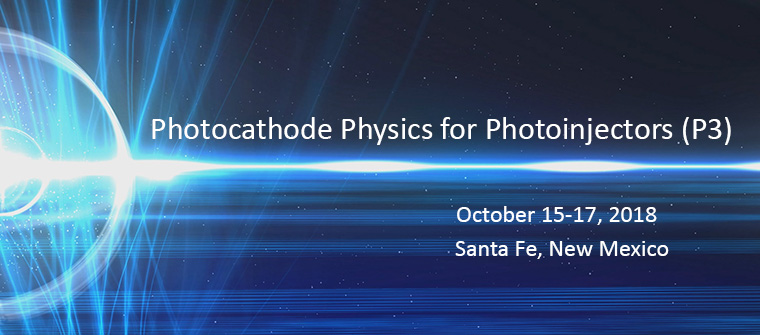Conveners
Session 8: Operations and Demonstrations - Superconducting & DC
- John Smedley (Brookhaven National Laboratory)
Many recent efforts to improve the intrinsic emittance of photocathodes have centered on lowering the excess energy of the emitted electrons by using photon energies at or below threshold. However, this comes at the significant expense of quantum efficiency. Thus, for short pulse applications, nonlinear photoemission is a concern, due to the commensurate increase in excess energy in higher...
The HZB accelerator project bERLinPro (berlin Energy Recovery Linac Prototype) is continuously developing and is aiming for first operation in 2019. The goal of bERLinPro is to demonstrate a superconducting ERL with high current and low emittance. Within this highly complex R&D project a key component has been developed in-house: the photocathode, which is the electron source, and...
Bunched-beam electron cooling is a key feature of all proposed designs of the future electron-ion collider, and a requirement for achieving the specified collision luminosity. For the Jefferson Lab Electron Ion Collider (JLEIC), fast cooling of ion beams will be accomplished via so-called 'magnetized cooling' implemented using a recirculator ring that employs an energy recovery linac. In this...
Quality of photocathodes is one of the critical issues for the stability and reliability of the light source facility. In 2014, SRF gun-I with Cs2Te provided stable electron beams successfully for IR FEL at HZDR [1]. Cs2Te worked in SRF gun for more than one year without degradation. Currently, Mg photocathodes with QE up to 0.5% are applied in SRF Gun II, which is able to generate e- beam...

